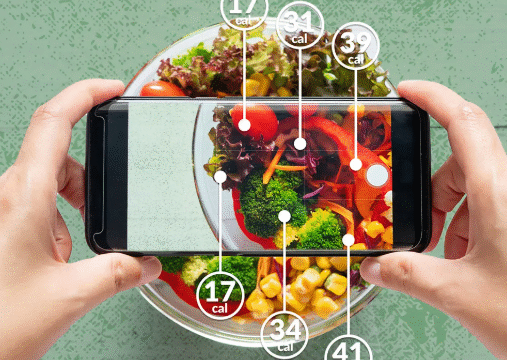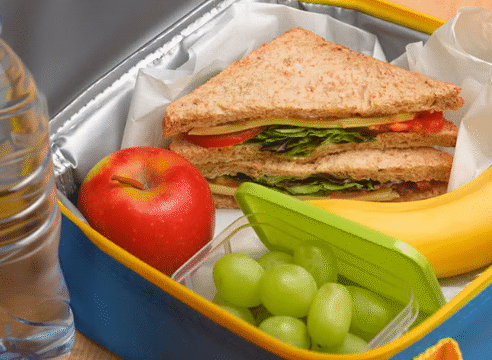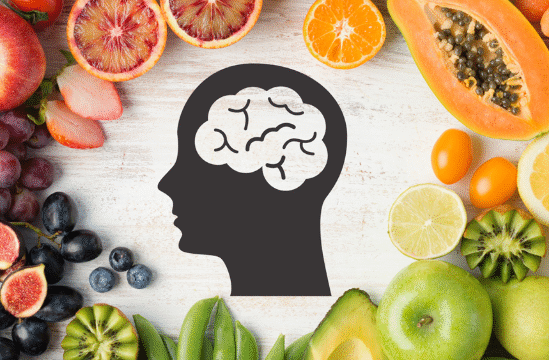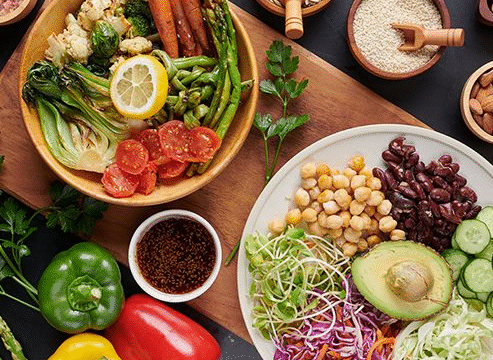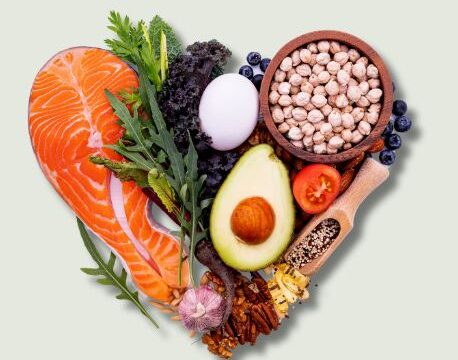Eating foods that nourish the brain while keeping blood sugar levels stable is one of the smartest choices anyone can make for long-term health. The connection between blood glucose and mental performance is well established, and foods with a low glycemic index (GI) are especially beneficial for maintaining focus, memory, and cognitive function throughout the day. Low GI brain-boosting foods release energy slowly, helping the mind stay sharp without sudden crashes in concentration.
Low GI foods are those that cause a gradual rise in blood sugar levels after eating, rather than a quick spike. When blood sugar levels rise too quickly, it can lead to fatigue, irritability, and even difficulty thinking clearly. This is because the brain relies on a steady supply of glucose as its main source of energy. By choosing foods with a low glycemic index, the brain receives a consistent stream of fuel, which supports alertness and mental endurance.
Whole grains are among the best low GI foods for brain health. Unlike refined grains that lose most of their nutrients during processing, whole grains such as oats, quinoa, and brown rice retain fiber, vitamins, and minerals that feed the brain and body. Oats are especially known for supporting steady mental energy in the morning, making them an excellent breakfast choice for students, professionals, and anyone who needs lasting focus. Quinoa, though technically a seed, contains all nine essential amino acids, providing a perfect balance of protein and carbohydrates that helps maintain both physical and mental strength.
Legumes also play a key role in promoting brain function while keeping blood sugar levels in check. Lentils, chickpeas, and black beans have a low glycemic index and are packed with protein, iron, and folate—all essential nutrients for brain health. Folate in particular helps support cognitive development and protect against mental fatigue. Including legumes in soups, salads, or stews adds both texture and nutrition to any meal while supporting sustained energy and alertness.
Fruits with a low glycemic index are another delicious way to boost brain power naturally. Berries, for example, are famous for their rich supply of antioxidants and vitamins that protect brain cells from oxidative stress. Blueberries, strawberries, and raspberries not only taste sweet but also help improve memory and coordination. Apples and pears are other great options, providing natural sweetness and fiber that help regulate digestion and glucose absorption. Unlike sugary snacks, these fruits satisfy cravings without triggering rapid spikes in blood sugar levels.
Vegetables, especially leafy greens, are among the most powerful low GI foods for brain nourishment. Spinach, kale, and broccoli contain vital nutrients like vitamin K, lutein, and folate, which support brain cell health and memory retention. The antioxidants in these vegetables also protect against free radicals, which can contribute to cognitive decline over time. Including a variety of colorful vegetables in your daily meals ensures that your brain gets the full range of vitamins and minerals it needs to function at its best.
Healthy fats also have a direct link to brain performance, and some of the best sources come from low GI foods. Avocados, for example, are full of monounsaturated fats that improve blood flow to the brain. They also contain potassium and vitamin E, both of which help protect nerve cells and maintain overall brain vitality. Nuts such as almonds, walnuts, and pistachios are equally beneficial. Walnuts are especially noted for their high omega-3 fatty acid content, which supports memory and learning. These healthy fats, when combined with fiber and protein, make nuts and avocados ideal snacks for sustained mental energy.
Fish, particularly fatty varieties like salmon, sardines, and mackerel, are rich in omega-3 fatty acids that nourish the brain and help reduce inflammation. While fish itself does not have a GI rating since it contains no carbohydrates, it complements low GI foods perfectly. Including fish in meals that feature whole grains or vegetables creates a balanced combination that stabilizes energy levels and enhances mental clarity. Omega-3 fats also play a role in maintaining the structure of brain cells, improving mood, and protecting against cognitive decline.
Dairy and plant-based alternatives can also contribute to brain health while keeping the glycemic index low. Greek yogurt, for example, provides protein and probiotics that support gut health, which in turn influences brain function. The gut and brain are closely connected, and maintaining a healthy digestive system can enhance mood and concentration. Unsweetened soy milk or almond milk can be used as low GI alternatives to sweetened dairy products, offering calcium and vitamins without excess sugar.
Seeds are another small but mighty addition to a low GI brain-boosting diet. Chia seeds, flaxseeds, and pumpkin seeds supply omega-3 fats, magnesium, and antioxidants that help the brain process information efficiently. They can be sprinkled over oatmeal, blended into smoothies, or added to yogurt for an extra nutrient boost. These tiny powerhouses also provide fiber, which slows down digestion and contributes to balanced energy levels throughout the day.
Hydration is another crucial aspect of brain health that often gets overlooked. While water itself does not affect blood sugar levels, it plays a key role in how the body and mind function. Dehydration can lead to fatigue, confusion, and difficulty concentrating. Herbal teas, coconut water, and water infused with slices of lemon or cucumber can make hydration more enjoyable while keeping the glycemic impact at zero.
To create balanced meals that support both brain and body, it helps to combine different low GI foods in thoughtful ways. A breakfast of oatmeal topped with blueberries and chia seeds provides long-lasting energy and antioxidants. For lunch, a quinoa salad with chickpeas, spinach, and avocado delivers protein, fiber, and healthy fats. Dinner might include grilled salmon with steamed broccoli and brown rice, offering a complete blend of omega-3s, vitamins, and slow-releasing carbohydrates. Snacks can include a handful of almonds or apple slices with nut butter to keep blood sugar steady between meals.
Choosing low GI foods is not just about managing energy levels; it is also a long-term investment in mental clarity and emotional balance. When blood sugar remains stable, mood swings are less frequent, and thinking becomes more focused. Over time, a diet built around low GI brain-boosting foods supports better memory, faster learning, and improved overall well-being.
In a fast-paced world where constant concentration and creativity are required, maintaining brain health through nutrition is more important than ever. The right combination of whole grains, vegetables, healthy fats, and proteins can make a significant difference in how the brain performs each day. By selecting foods that keep the glycemic index low, anyone can support mental alertness, protect cognitive function, and enjoy steady energy from morning to night.
Eating for the brain does not have to be complicated. It simply means choosing foods that fuel both body and mind in harmony. With consistent habits and smart choices, low GI brain-boosting foods can help unlock clearer thinking, better focus, and lasting vitality.

